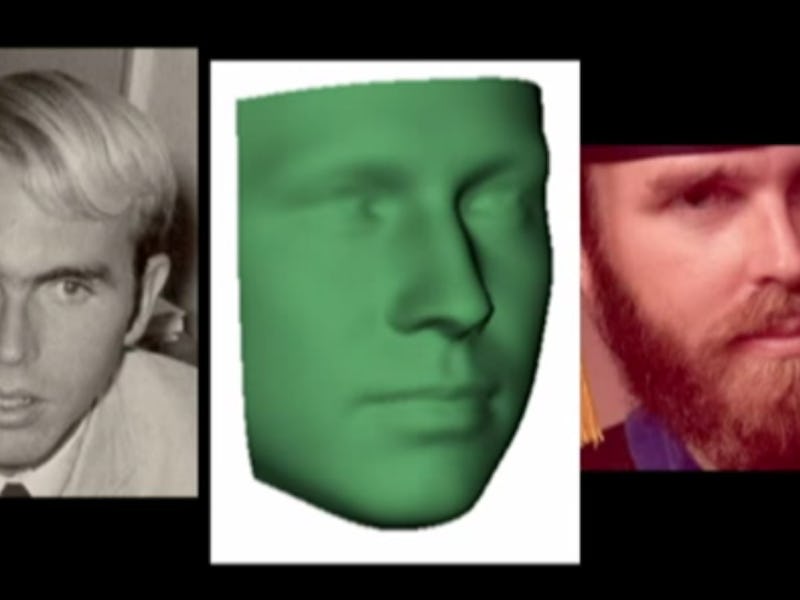DNA Face Mapping Software Will Reshape Law Enforcement, But Not Yet
A recent talk by Dr. Craig Venter revealed how DNA might be harnessed to aid police

Science’s grip on DNA has grown strong enough that we can now wring impressive amounts of information out of wayward strands. In his recent talk on the topic, Dr. Craig Venter explained that his lab can now predict eye color (better than people can self-identify the color of their own eyes), ethnicity, facial structure, and even tone of voice based on genetic code. It’s not a breakthrough so much as the culmination of nearly constant progress in an important field.
On the one hand, no one is surprised that this information is at least partly coded by DNA. It’s when scientists determine these characteristics better by looking at DNA than by looking at the person themselves that this technology demonstrates its significance.
When Venter launches into how this new understanding will allow police to create a strong picture of a rape suspect from DNA, red flags start to go up. No one is against scientific investigative tools, but Venter’s renderings seem to depict pretty generic human faces. Grainy video footage seems more helpful than this, but it won’t be — not over the longer term.
Like all new technologies, DNA phenotype prediction will only be as useful as it is applicable to narrow test cases. The initial cases, and law enforcement is likely to be front and center, will steer the technology towards its strengths. This is mostly good news. Wait to get nervous until they talk about reverse engineering the process.